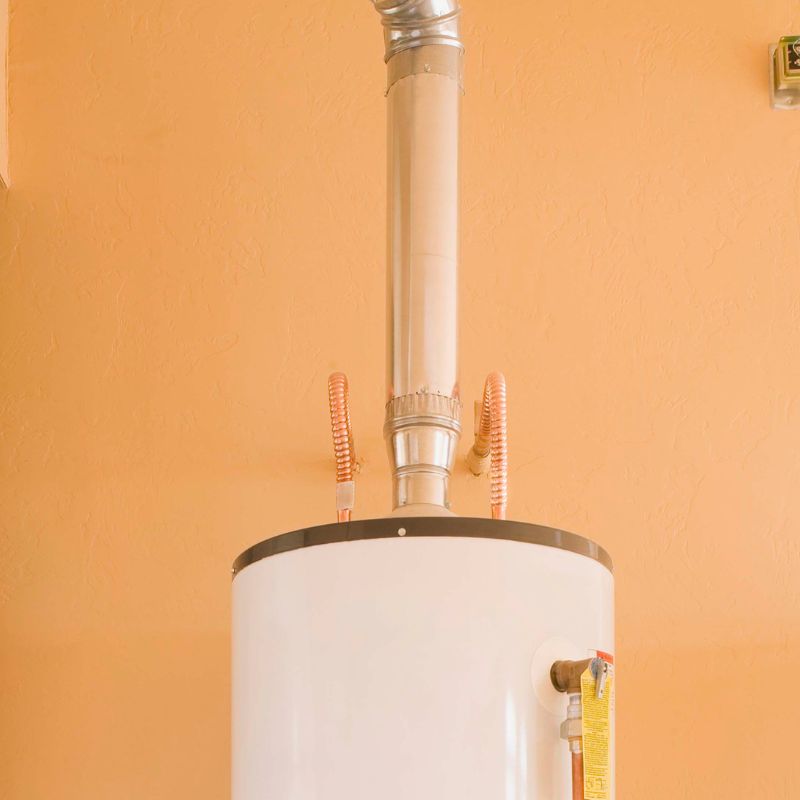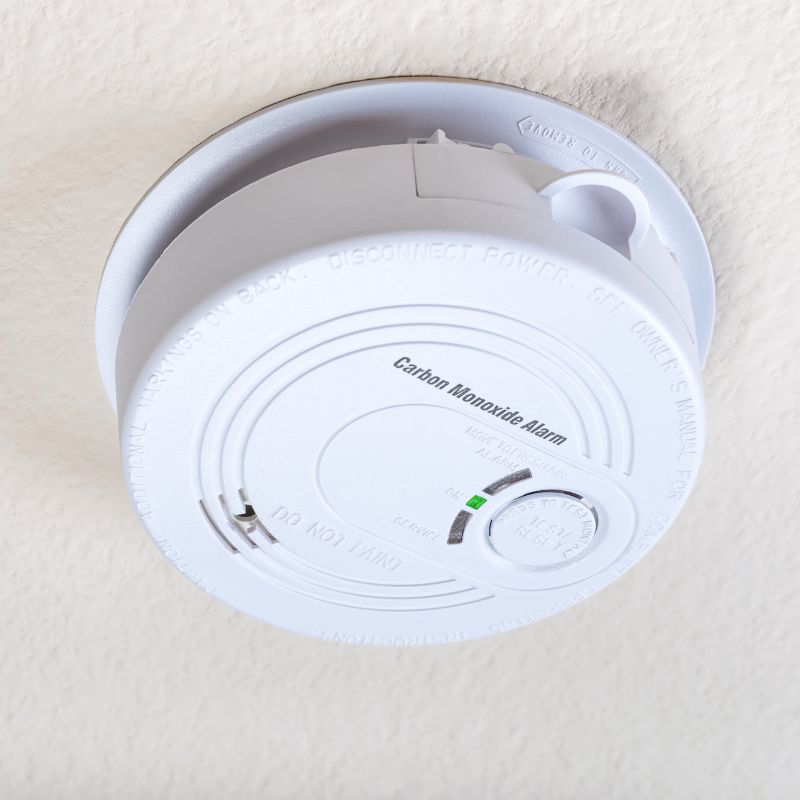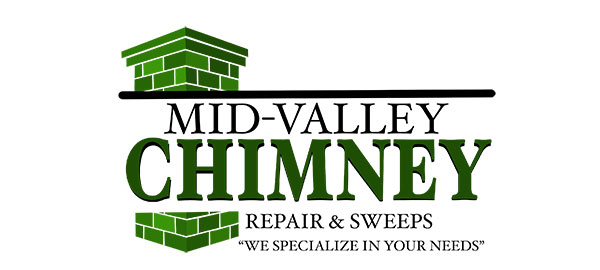Maintaining and servicing a chimney for a water heater or furnace is crucial for the safety and efficiency of your household and its appliances. Unfortunately, most don’t think about these components until an issue has arisen, in which case expensive repairs are typically on the docket.
The good news? Maintaining a furnace flue or water heater flue is, in a lot of ways, similar to maintaining your fireplace chimney…which means this is a service we’d be happy to help you with.
Here are some general guidelines to follow. And if you have questions? Don’t hesitate to reach out to our experts. We’ve got your back.
1. Book Regular Flue Inspections
Regular chimney/flue inspections are an essential step in ensuring the safety, efficiency, and longevity of your furnace or water heater system. These inspections – when conducted by certified professionals – help detect and address issues such as buildup, structural damage, and obstructions that could lead to damage, inefficiency, or the release of harmful gases.
Our experts can help ensure your system operates efficiently and in compliance with building codes. We’ll also ensure any insurance requirements are met. All in all, our chimney inspections provide peace of mind, extend appliance lifespan, and contribute to overall home safety.
Quick note: In addition to a professional inspection, perform a visual inspection of your flue regularly on your own to check for any visible damage, such as cracks, dents, etc. You can also keep an open eye for any obstructions, like nests, leaves, or debris, that may have accumulated in the pipe.

2. Have a Professional Sweep the Chimney
Furnace flue sweeping services and water heater flue sweeping are essential for maintaining a safe and efficient system. Professional chimney sweeps help prevent fires, gas leaks, and more by removing any obstructions. This also helps your appliance run more efficiently.
All in all, like annual inspections, regular sweeping helps you stay safer, comply with safety regulations and insurance requirements, and provides homeowners with the peace of mind they deserve.
3. Address Any Draft Issues
Ensure that the chimney or vent has the ability to properly draft. Inadequate draft can lead to incomplete combustion and the release of harmful gases, like carbon monoxide, into your home. Some tips?
- Check for Obstructions: Inspect the flue for debris or blockages and remove them.
- Examine the Chimney Cap: Ensure the chimney cap is undamaged to prevent outside elements from affecting the draft.
- Inspect the Damper: Confirm proper damper function, and lubricate or repair it, if necessary.
- Evaluate Room Ventilation: Ensure there is adequate fresh air intake and ventilation in the furnace room.
- Address Negative Air Pressure: Adjust any appliances creating negative pressure to maintain balance.
- Inspect for Leaks: Seal the flue pipe or joint leaks to prevent gas escape.
- Consider Flue Liner Issues: Check for cracks or damage in masonry chimney liners, and consult professionals for repair or relining, if needed.
4. Install a Carbon Monoxide Detector
Carbon monoxide is a gas known for its harmfulness to humans. It’s highly toxic, often causing those exposed to pass out or experience lasting health issues, and every year hundreds succumb to carbon monoxide exposure.
Given that carbon monoxide is a byproduct of incomplete combustion from various fuel-burning appliances – including furnaces and water heaters – carbon monoxide detectors play a vital role in protecting those in the home, particularly during sleep when awareness is diminished.
Why are detectors for the poisonous gas such a must? Well, unlike other gases, which have a distinct and noticeable odor, carbon monoxide is both odorless and colorless. That makes it next to impossible to detect with your basic senses.

5. Follow Manufacturer’s Guidelines
Do you have a list of manuals somewhere for all of your household appliances and furniture? Most toss these papers in a drawer or box, then forget about them. When it comes to your furnace or water heater, though, noting manufacturer requirements, clearances, and regulations is important.
Adhere to the manufacturer’s guidelines for recommended maintenance schedules, warranty requirements, and any specific instructions for the chimney or flue system.
6. Address Issues & Damages Promptly
If you notice any problems or issues during your inspections, or if a professional chimney technician brings any issues to your attention, address them promptly. Ignoring small problems can lead to more significant issues over time.
Remember that safety is a top priority, and when in doubt, it’s best to consult with a professional chimney sweep or technician to ensure that your chimney is in good working condition.
We’re Here To Help
Looking for care from a chimney company that’s educated, experienced, and puts you first? Count on Mid-Valley Chimney Repair & Sweep. We’re here to answer your questions, and we can ensure your venting system is always set up right and good to go. Call us today or request your estimate online. We’d love to help.
